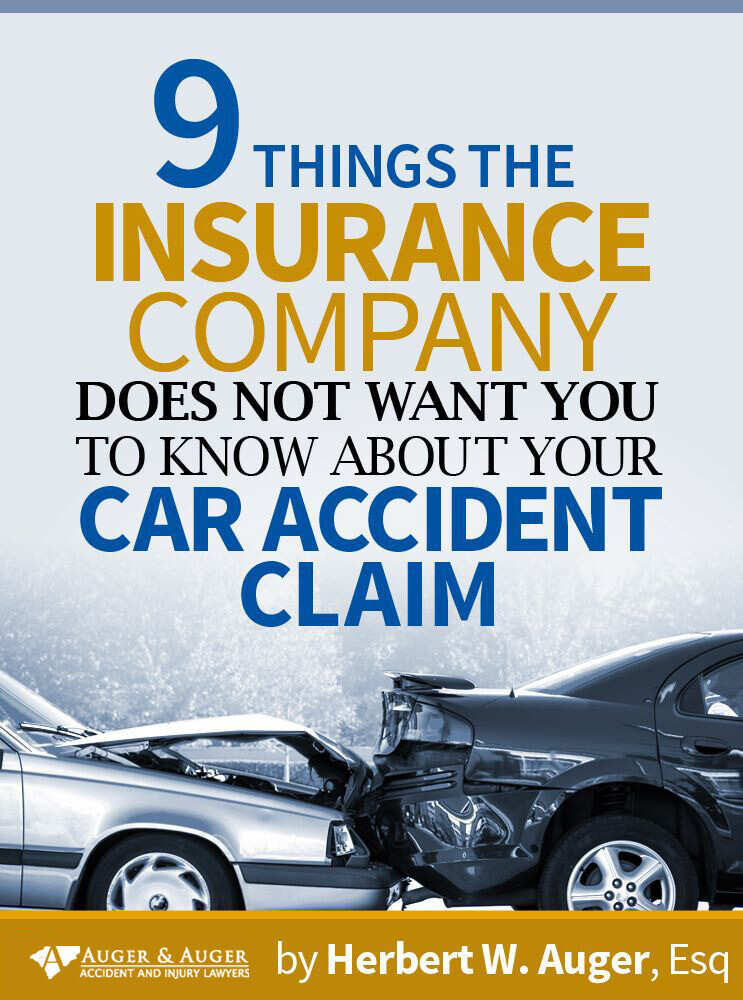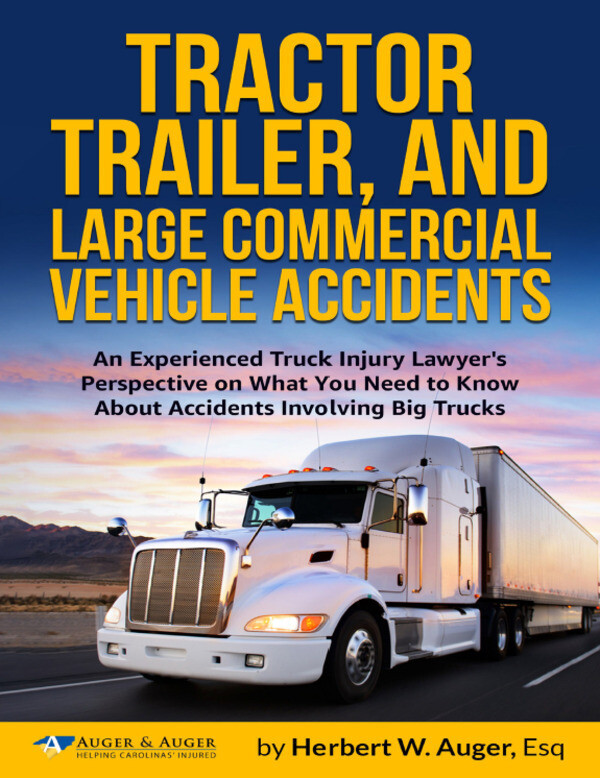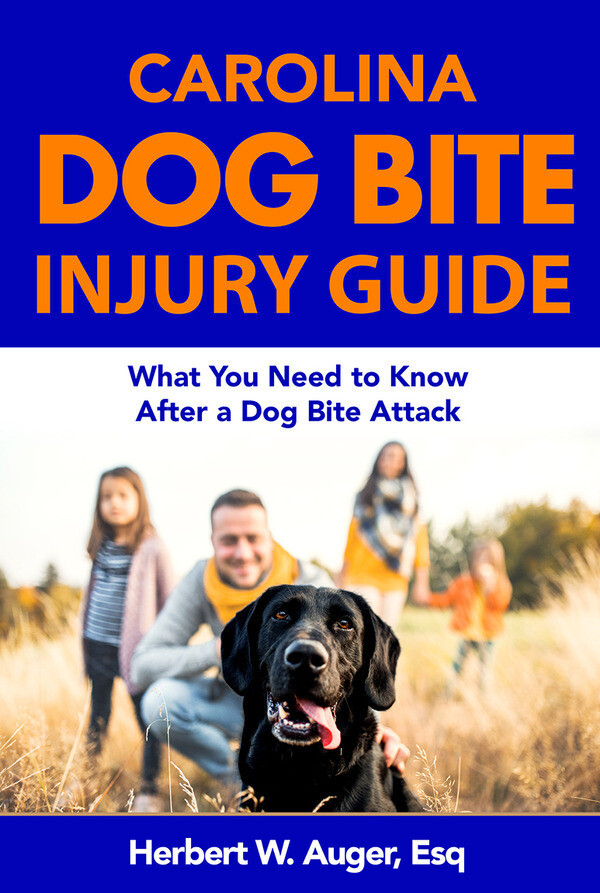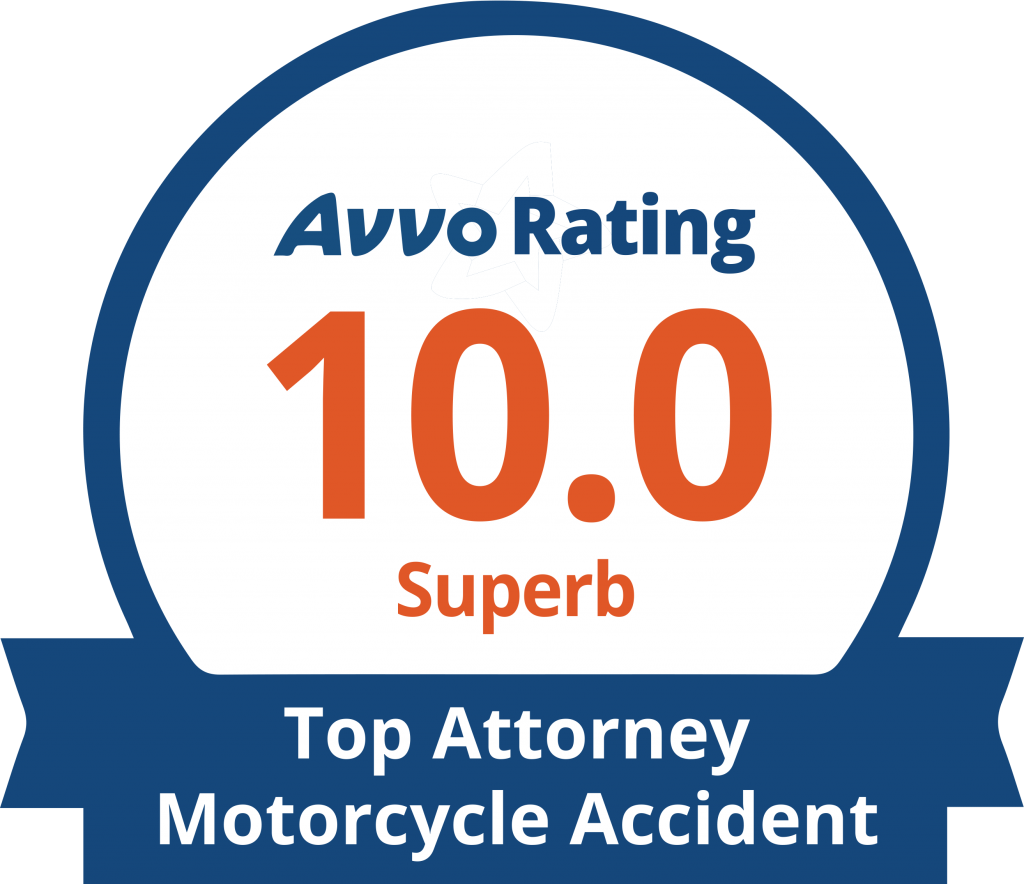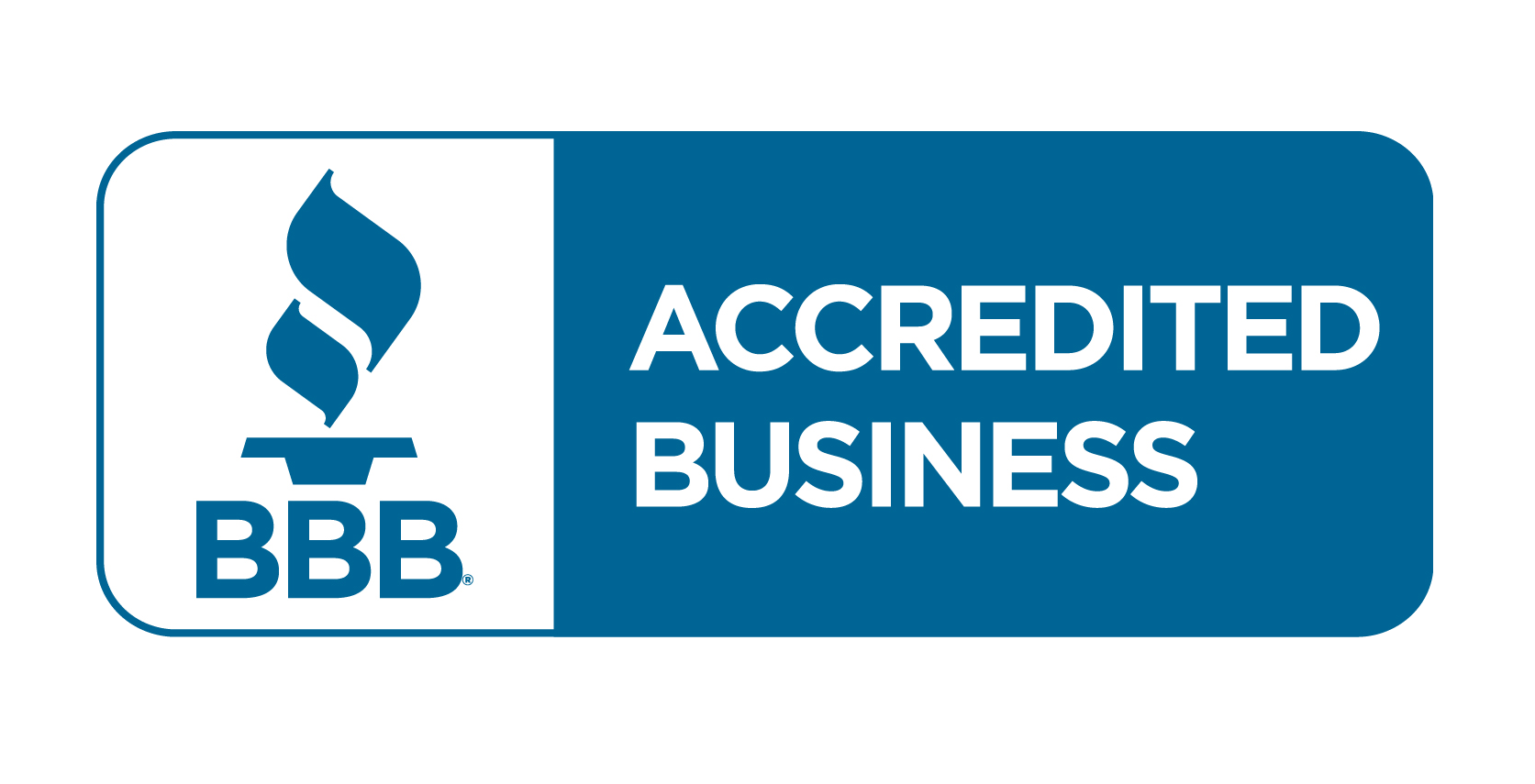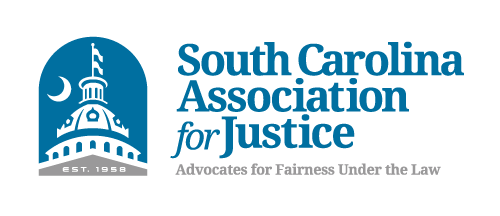- North Carolina had 1,441 traffic fatalities in 2016.
- There were 267,494 accidents reported in NC in 2016.
- The majority of crashes occurred between 7 a.m. and 6:59 p.m..
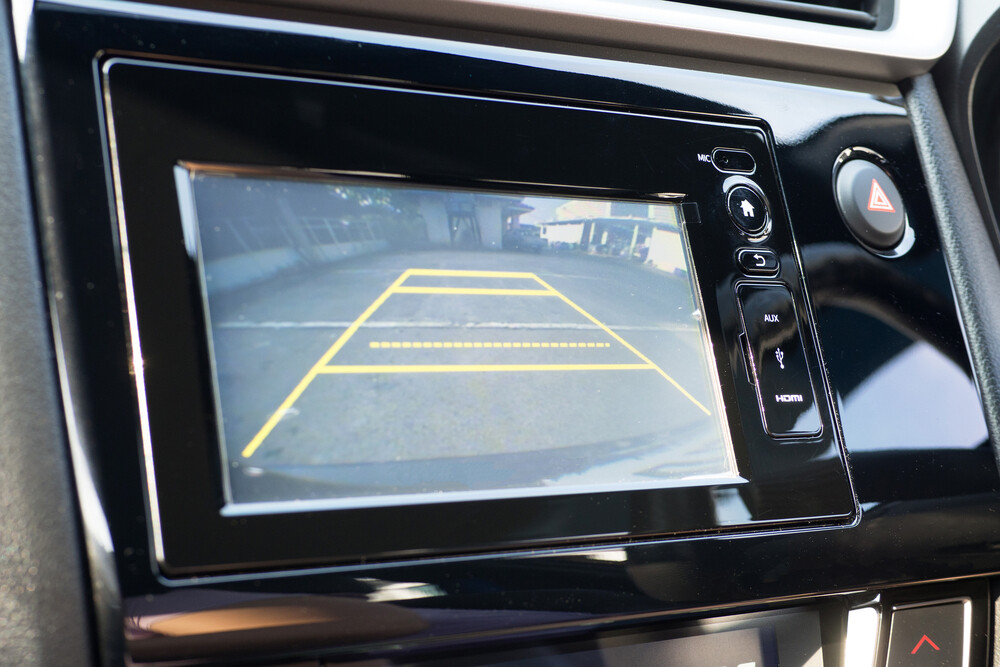
You shop for a vehicle with safety in mind. Whether you are looking for a family sedan or a sporty vehicle for yourself, you want to know that you are going to be protected when you travel down the road.
As North Carolina car accident lawyers, we know that people have a lot of faith and expectations when it comes to the safety features in their vehicles. We believe that it is important to point out that the person behind the wheel is still responsible for their safety and that of others on the road no matter what type of safety features any vehicle may have.
Research has shown that it takes more than the installation of safety features in vehicles to prevent serious injuries and deaths in car accidents. If drivers don’t educate themselves on the purpose, working parts, and limitations of these features, they aren’t driving with the necessary knowledge that could save their lives. Here is some information and examples of safety features that every driver should know how to properly operate if they are installed in their car.
Blind Spot Warning
Blind spot warning systems aren’t yet standard or included in the base model package of all vehicles. You may be wondering if the feature is worth the extra money. Here’s the basics: Blind spot warning systems monitor the left and right sides of your vehicle. When sensors detect a vehicle in your blind spot, a visual and auditory warning is triggered and the driver is now aware of the hazard.
If you are purchasing a truck, an SUV or a vehicle with limited visibility and you do a lot of highway driving this is a great feature. Even if you are purchasing a smaller vehicle, or a vehicle with large windows, or you only drive on city or rural roads, there is still value for this safety feature. Blind spot accidents can occur anywhere. This feature can certainly prevent accidents but again, drivers are ultimately responsible and should not solely rely on any safety feature. Lastly, if you have this feature, make sure you know how to use it by consulting your driver’s manual or dealer where the vehicle was purchased.
Forward Collision Warning
A forward collision warning system can warn drivers of an imminent crash, allowing the time to react appropriately. Consumer Reports does recommend that people spend the extra money on this safety feature when they are considering whether to bump up their package.
Imagine the benefit of your vehicle quickly calculating your speed and the speed of the vehicle in front of you and how those speeds relate to a potential impact. This feature allows your car to send you a warning of a potential frontal impact. It is hard to quantify the cost and value associated with something that can prevent you from becoming seriously injured.
Automatic Emergency Braking Systems
These systems don’t act immediately. They will first give you a chance to maneuver your vehicle in such a way to avoid a collision by giving you a warning (this feature is typically coupled with forward collision warning).
If you don’t use the brakes, the system will do the job for you, working to help you avoid a forward collision. When looking at an automatic braking system, ask your dealer if the vehicle utilizes dynamic brake support, crash imminent braking or both. This feature is a great example of the need to understand your safety features. Know what this feature can and cannot do and how to use it!
Rear Cross Traffic Alert
Let’s say you are backing up when a car suddenly enters your path. This safety feature will alert you to that vehicle, giving you time to brake and avoid a collision. This is not the same as having a rear-facing camera in your car. This is a warning system that will light your dash or display.
It does not work in angled parking spaces and depending on the technology, it may not work in enclosed spaces. It is not suggested that anyone relies solely on this safety feature. Always check around your vehicle, use your mirrors and look over your shoulder before backing up. Again, this feature is not meant to take the place of checking around your vehicle to make sure it is sage to reverse.
Lane Departure Warning
This feature will let you know that you may be drifting out of your lane. If you couple the lane departure warning safety feature with lane keeping assist, your vehicle will make a small steering or braking correction if you don’t.
Some experts recommend that anyone who is going to spend the money for lane departure warning should only do so if they plan on coupling it with the lane keeping assist. Some systems are sensitive and warn too frequently, causing drivers to mute the alerts. Your money isn’t going to be well spent if a small beeping noise is going to irritate you to the point of silencing it.
Adaptive Cruise Control
If you don’t use cruise control frequently, this feature may not be worth the cost. Here’s what it does: For example, you have your cruise control set and a car merges in front of you and slows down.
This feature allows you to not have to do anything. The system takes over, makes the adjustment and follows the vehicle in front of you at a consistent distance.
You’re Not Alone After a Crash. Speak to a North Carolina Car Accident Lawyer Today
There is nothing wrong with shelling out a bit of extra money for the latest safety features if you have that capability. There is something wrong, however, with buying them and having no idea how they work.
If you have safety features on your vehicle, take the time to learn what they are and how they work. You also need to know when you can depend on them and when you can’t. Remember that you are still ultimately the one in control of your vehicle and you are responsible for safety.
It’s also important to note that, the more safety features a car has, the more likely you are to become content and inattentive when driving. Always stay aware; imagine your car has no safety features to protect you when you drive.
If you are in a car accident in Charlotte or anywhere else in the state, you need North Carolina car accident lawyers who are ready to fight for your rights. Call our office today to schedule a free case evaluation and discover what we can do for you. Our experienced team of accident lawyers will work hard to fight for the compensation that you deserve. (855) 969-5671 is the number you should dial for a free case evaluation to find out how we may be able to help you.


